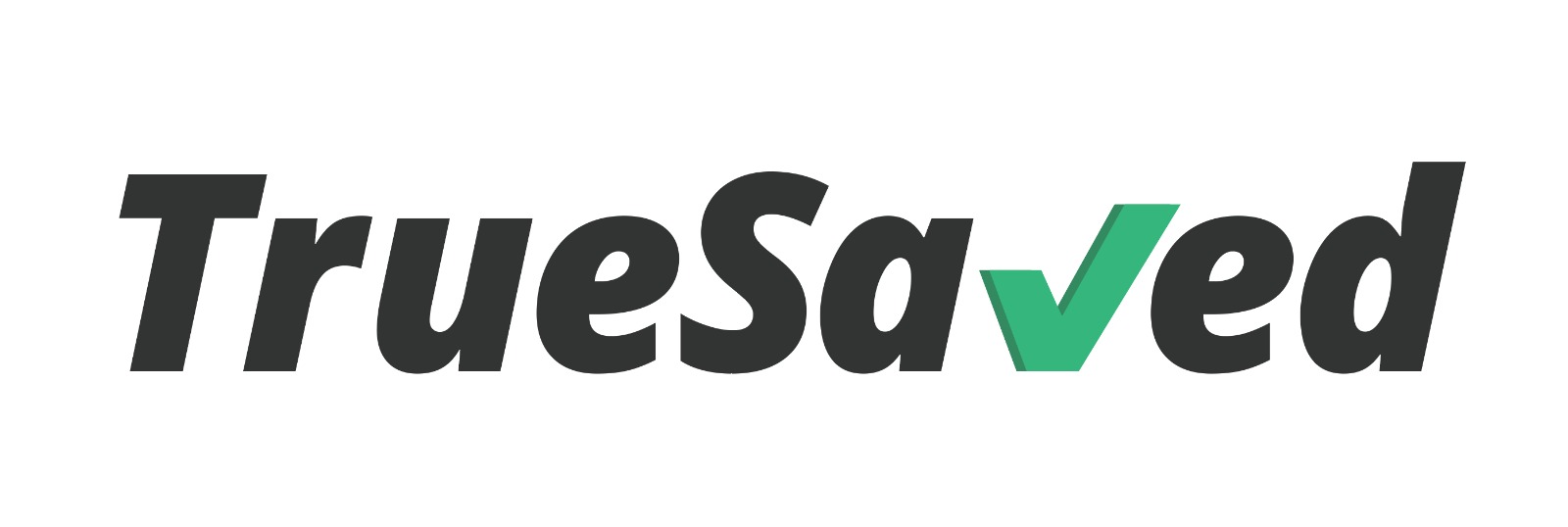Health insurance is a hot topic, but it’s one that people often avoid. About 26 million Americans (8%) did not have health insurance as per 2019 statistics. It’s hard to know where to start! Don’t worry; it’s not as complicated as it might seem. This article will give you the basics of health insurance. We’ll even tell you what you should be looking for when comparing plans. In no time, you’ll have a better understanding of how health insurance works and how to figure out which plan is suitable for your needs.
What Is Health Insurance?
Health insurance is like car insurance in that it protects you financially if you get into an accident, but in this case, it’s for health care costs. It’s coverage that helps reduce your risk of financial loss due to illness or injury and can help cover some of the things that can get expensive in a hurry.
Insurance companies describe the kind of coverage they’re offering by naming three things:
Who is covered? – The health insurance policy covers everyone that’s listed on it. You might have a choice to add or subtract people from the coverage, and some plans will charge you more for adding more people. Whose risks are covered? – Every plan has a risk, but some insurers may be willing to take bigger risks than others. A carrier might not cover things such as childbirth or mental health care, for example. Who pays what? – The price of the coverage can vary greatly. You can pay it with out-of-pocket expenses, through a co-payment that you pay every time you see a physician or as part of your monthly premium.
Do You Have Health Insurance?
If you don’t have one, I would suggest you get one as soon as possible. Why?
There are many reasons why you need health insurance. For starters, it will protect you against health care expenses when they get costly and stop being affordable. It can also protect your family members from illness or injury that could ruin their lives forever if no medication or treatments are available to them. Health insurance is essential; your health insurance provider should be picked carefully.
The right medical insurance can give you peace of mind that you and your loved ones are safe from the financial ruin caused by a major illness or injury. Here are some steps to take for picking the right medical plan:
You need to do some research on your own and with the help of others before settling for any plan. You must know what you are getting into before committing yourself to any specific health care plan. To be on the safe side, I would suggest getting as much information about the plan you will be considering as possible. It means talking to other people who have already been through with the same plan. You may even want to visit your doctor or health care provider and ask them for procedures done in association with specific health insurance plans.
Try to learn a little about how claims are processed, what is covered under each plan, and how these issues affect you. The better you know your health care plan, the better you can decide to purchase it.
You will be surprised to learn that there are different types of plans where some are much cheaper and much more expensive than other ones. To help you in selecting the right health insurance plan, consider this:
Premiums – Premiums usually refer to the costs paid for a health insurance plan. You should know that premiums are normally what all subscribers pay each month towards their premium and which covers their coverage against covered benefits. You should also know that the more comprehensive the plan, the higher will be your premiums. It means that a high premium policy will give you more benefits in case of a medical emergency.
Coinsurance – Coinsurance is what you pay as part of your deductible and co-payment amounts on covered health care expenses after your insurance company has paid its portion. It is good to know that coinsurance amounts vary from plan to plan; you should ask for details each time.
Co-payment – Co-payments are the specified percentage of covered benefits that you pay for each service when it is provided. For instance, if your plan requires a co-payment of 20% for all office visits, you will have to pay the first $20, and your medical insurance company will pay any additional amount that is not covered by your co-payment.
Deductible – A deductible is the amount of money you must spend before the insurance company starts to contribute towards your medical bills. Before you buy a policy, you should see to it that you can afford the deductible amount; if not, it is better to settle for another policy with a lower deductible.
Conclusion
It could be difficult to know the right health insurance plan if you don’t have any background knowledge about available plans. Your employer may also help in this area; otherwise, there are many online sources of information on health care plans.
Now that you have the knowledge and the many options in selecting a health care plan, I hope things will turn out well for you.
References
https://www.census.gov/library/publications/2020/demo/p60-271.html#:~:text=The%20percentage%20of%20people%20with,of%202019%20was%2092.0%20percent.&text=Private%20health%20insurance%20coverage%20was,point%20during%20the%20year%2C%20respectively.
https://www.investopedia.com/terms/h/healthinsurance.asp
https://www.medicalnewstoday.com/articles/323367
https://www.healthcare.gov/glossary/co-payment/
https://www.healthcare.gov/glossary/co-insurance/
https://www.healthcare.gov/glossary/premium/
https://www.investopedia.com/articles/insurance/120816/coinsurance-vs-copay-why-you-need-know-difference.asp
https://www.cigna.com/individuals-families/understanding-insurance/copays-deductibles-coinsurance
https://www.medicalnewstoday.com/articles/323367



